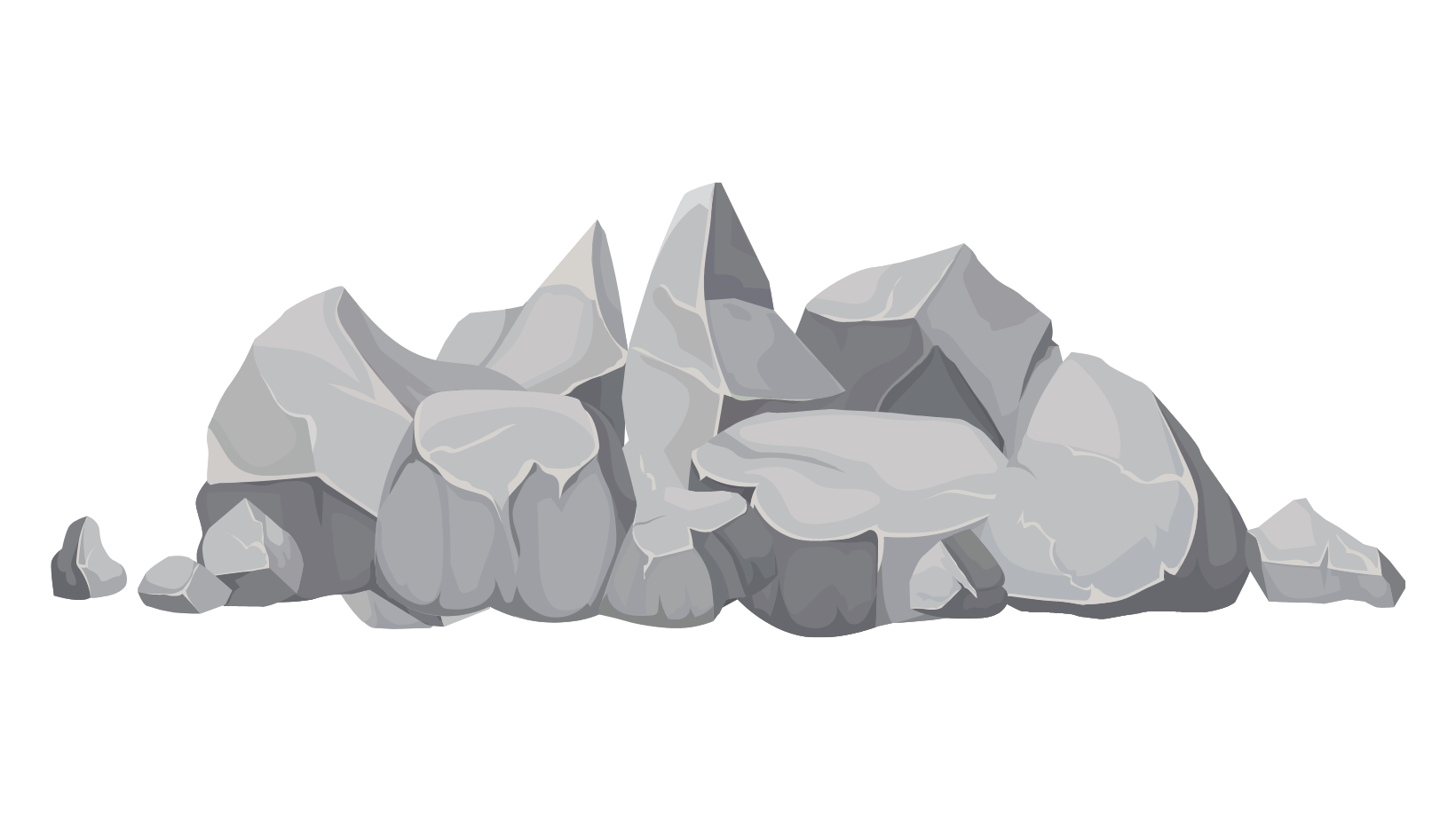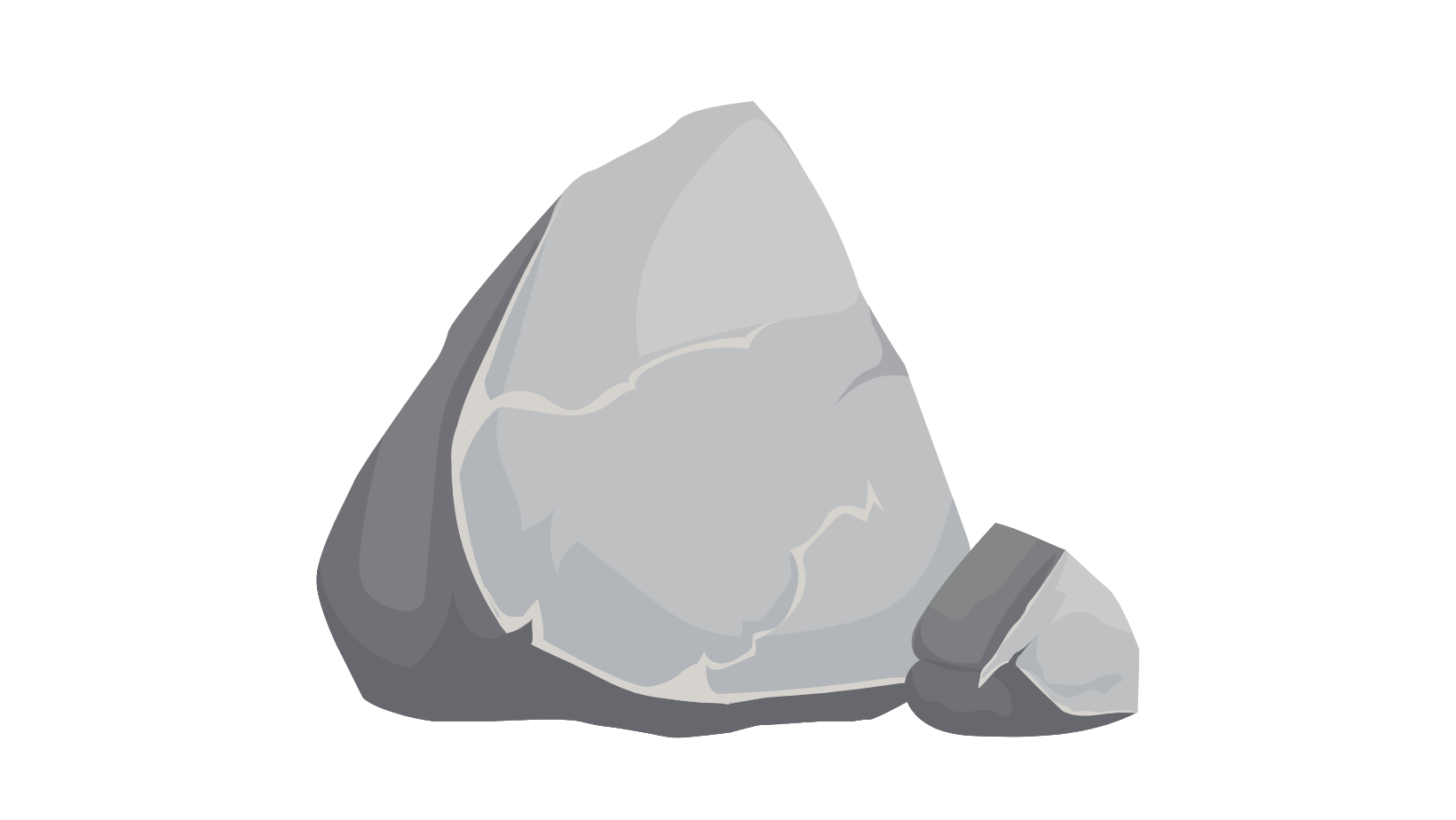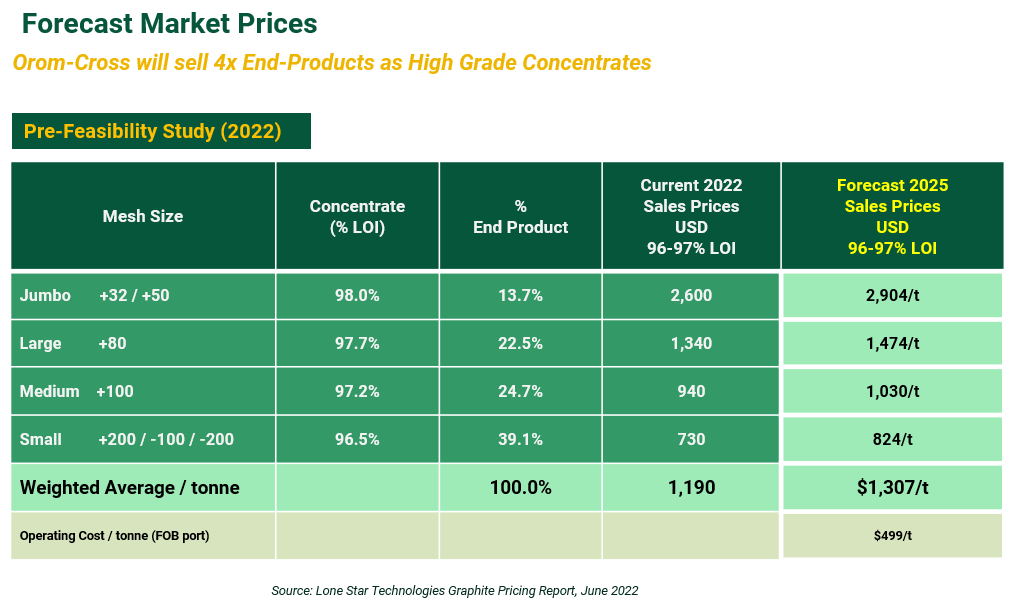About Graphite

Graphite
Graphite is a crystalline form of the element carbon, and it consists of stacked layers of graphene. It has unique properties, most specifically it has high thermal and electrical conductivity, and is highly refractory and chemically inert. These properties dictate its many uses and it has over 150 different applications from pencils to lubricants, crucibles, flame retardants and most importantly as a non-replaceable input material into the anode within lithium ion batteries that are used to power many things, including electric vehicles. As such it has a strong anticipated demand linked to renewable energy and the accelerated growth of non-fossil fuel transport options.

Graphite is mined and processed on-site from an in-situ raw product into a concentrate and is sold into various end-markets according to the size of the flakes and their chemical properties, which dictate the most appropriate end use.

Typically mesh (flake) sizes of +100 or lower are considered ‘large/coarse flakes” and the remainder as ‘small flakes/fines’. Different mesh sizes sell for different prices into different markets, with prices ranging from US$500/t to US$3,000/t.
Every graphite project has its own signature with its unique blend of concentration, recoveries, impurities, flake sizes and chemical composition. These properties have to be analysed through metallurgical testing and ultimately accepted by end users through a qualification process that indicates their quality within a hierarchy.

REGISTERED OFFICE
167-169 Great Portland Street, Fifth Floor London, W1W 5PF
CONTACT US
+44(0)1624 681 250
[email protected]
